REGIONAL RAILROAD
Pan Am Railways: Once the largest regional freight railroad in New England, Pan Am Railways operated 1,800 route miles before its acquisition by CSX in 2022. The company played a pivotal role in connecting New England’s industries to national and international markets through strategic partnerships and high-speed corridors.
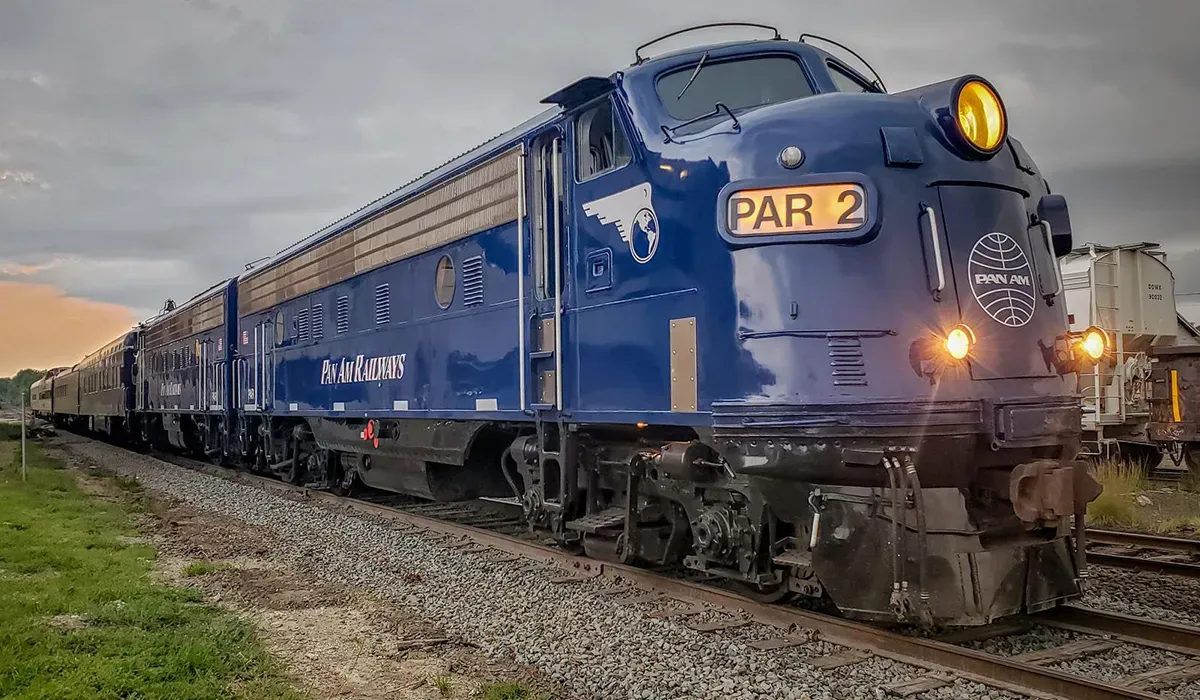

Pan Am Railways was a regional Class II freight railroad operating one of North America's most extensive regional rail networks, connecting businesses across five states with safe, efficient, and environmentally responsible transportation solutions. The network spanned approximately 1,800 route miles across Maine, New Hampshire, Vermont, Massachusetts, and New York, primarily hauling commodities such as paper, lumber, chemicals, food products, and intermodal containers..
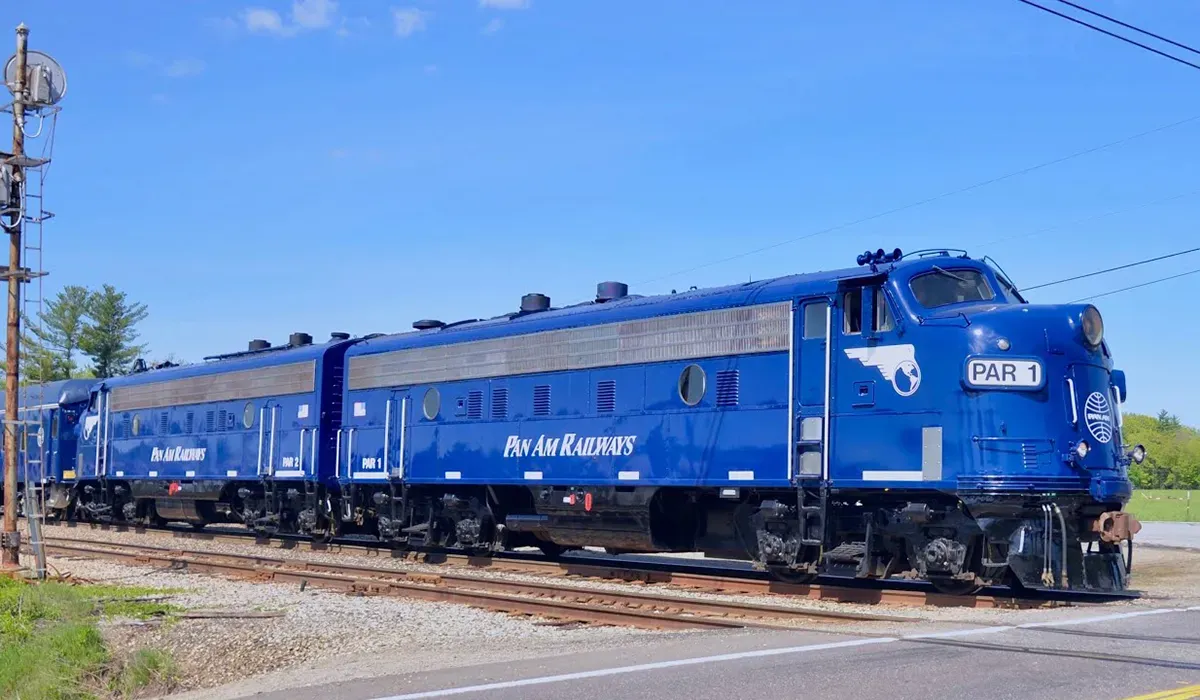
FOUNDING HISTORY & ORGANIZATIONAL STRUCTURE
Pan Am Railways was founded in May 1981 as Guilford Transportation Industries by Timothy Mellon, with the original purpose of consolidating and revitalizing bankrupt railroads in the Northeast. Major mergers included the acquisition of Maine Central Railroad in 1981, Boston & Maine Railroad in 1983, and Delaware and Hudson Railway in 1984, with the company rebranding as Pan Am Railways in 2006 after acquiring the Pan American World Airways brand..
HEADQUARTERS & OPERATIONAL BASES
The headquarters was located at 1700 Market Street, Portsmouth, New Hampshire. The facility served as the central hub for executive management, dispatching, and administrative operations, coordinating activities across the entire rail network..
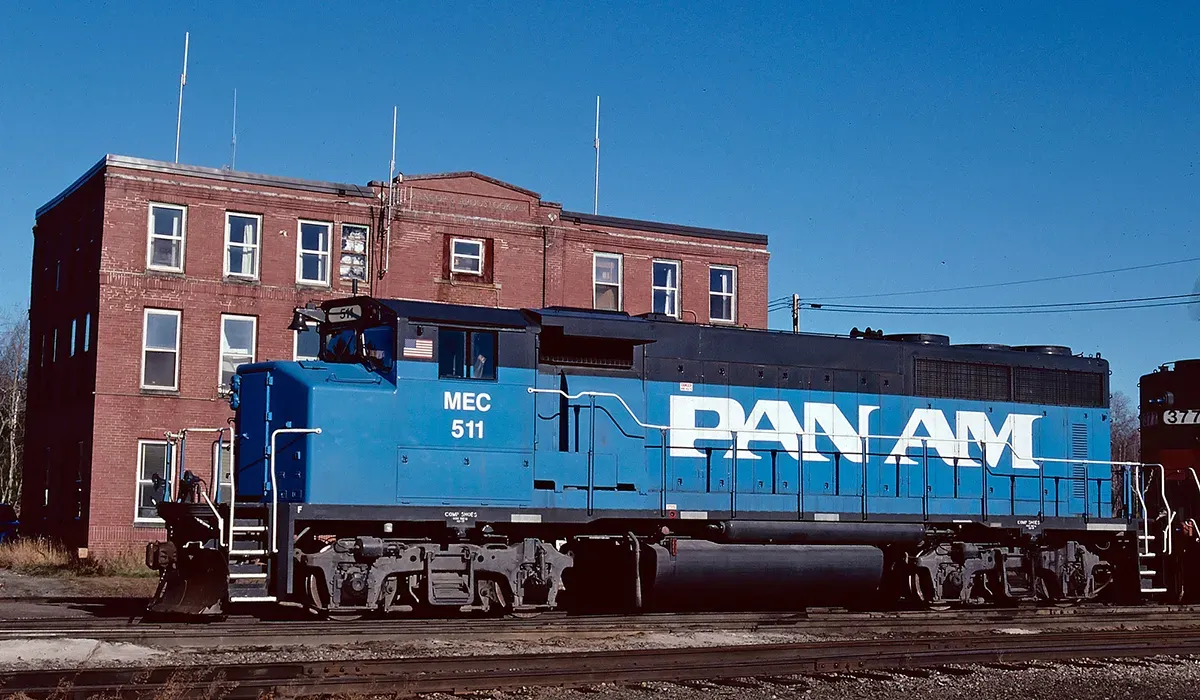
LEADERSHIP & EMPLOYEES
David A. Fink served as President of Pan Am Railways, overseeing strategic direction and daily operations. Timothy Mellon, the founder, was a key stakeholder and former chairman, while David Fink, Sr. held executive roles in operations and finance. The leadership team included experienced railroad professionals with backgrounds in transportation management, engineering, and logistics.
Pan Am Railways employed approximately 750 people, with about 600 serving as skilled craftspeople, maintenance workers, and service teams responsible for train operations, track maintenance, and customer service. The workforce included a mix of union and non-union employees, with a strong emphasis on operational safety and regional expertise.
FACILITIES & OPERATIONS
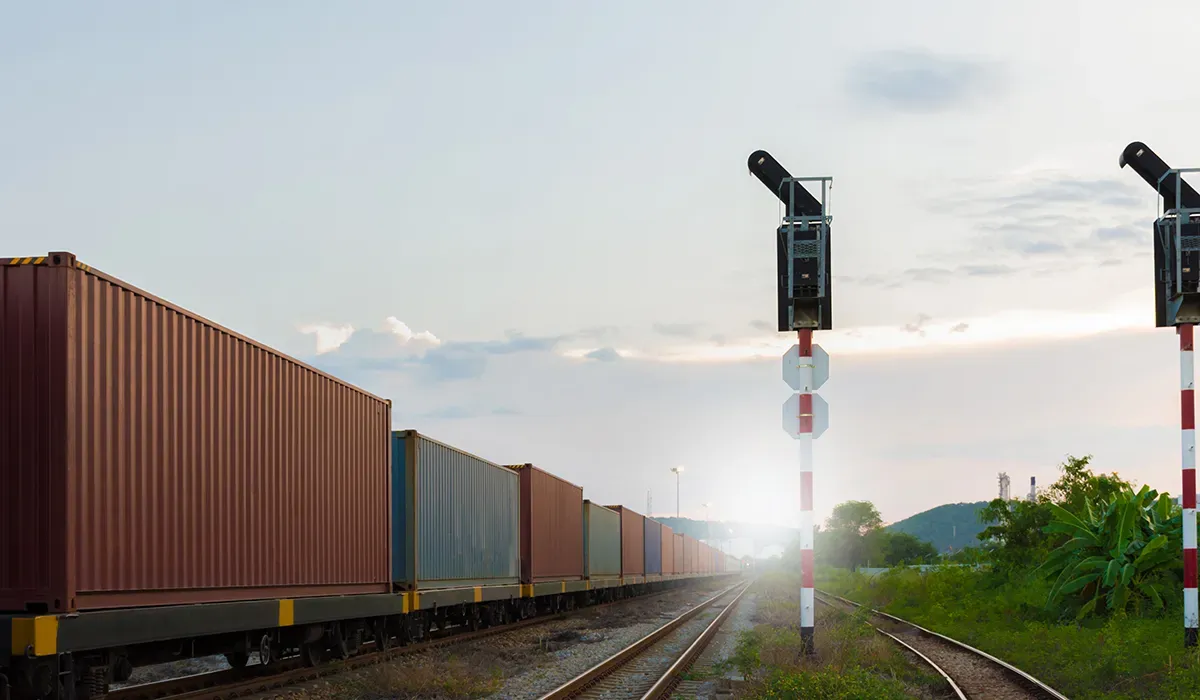
Major facilities included the East Deerfield Yard in Massachusetts, which was the largest classification yard in the network, the Waterville Yard in Maine serving as a key maintenance and repair center, the Rigby Yard in South Portland, Maine handling intermodal and bulk freight, the Ayer Intermodal Terminal in Massachusetts facilitating container transfers, and the Mechanicville Intermodal Facility in New York supporting the Patriot Corridor partnership. Additional important locations included yards in Bangor, Maine and North Billerica, Massachusetts.
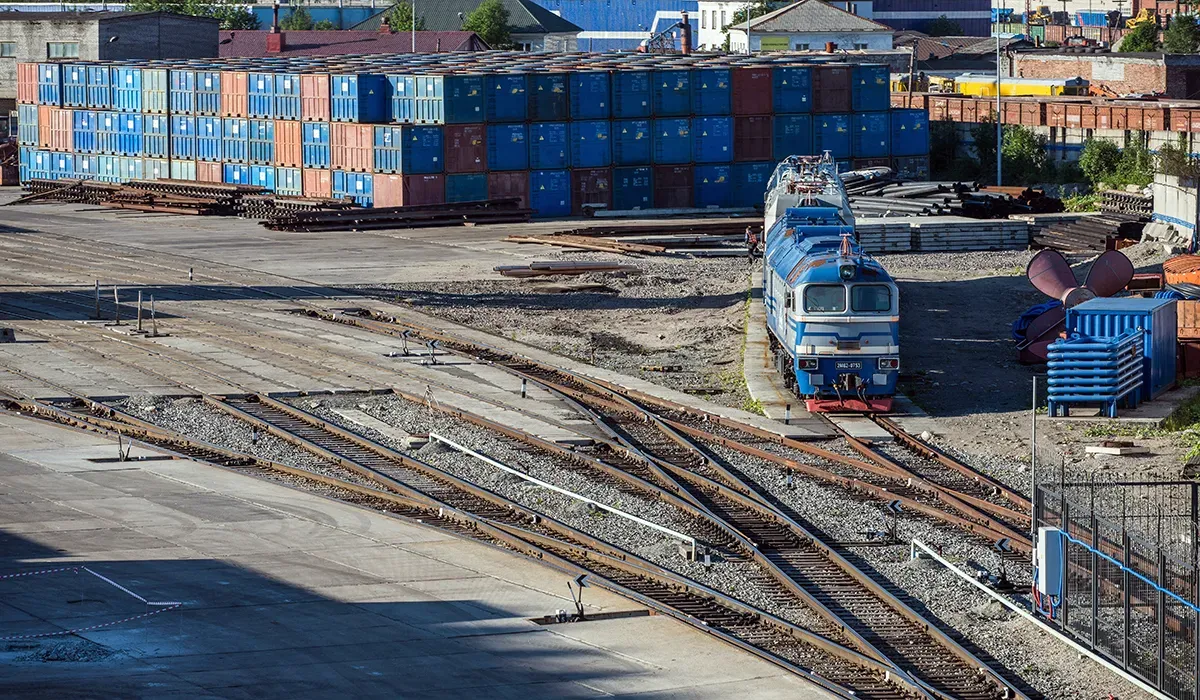
Pan Am Railways maintained compliance with Federal Railroad Administration safety standards and held various environmental certifications. The company received safety awards for its operational practices and was recognized for its efforts to minimize environmental impact through fuel spill prevention and remediation programs.
EQUIPMENT & INFRASTRUCTURE
The railroad handled a variety of container types, including intermodal containers for domestic and international shipments, boxcars for paper and manufactured goods, and tank cars for chemicals and petroleum products. Intermodal containers typically ranged from 20 to 53 feet in length, with boxcars offering capacities up to 100 tons and tank cars designed for bulk liquid transport.
Technology platforms included advanced train dispatching systems, GPS-based tracking for locomotives and rolling stock, and a customer portal for shipment visibility and electronic billing. Pan Am Railways also offered API integration for logistics partners and utilized automation technologies for yard management and train scheduling.
The geographic scope of Pan Am Railways covered Maine, New Hampshire, Vermont, Massachusetts, and New York, with a total of 1,800 route miles. Key corridors included the Patriot Corridor between Albany, New York and Boston, Massachusetts, as well as main lines connecting Portland, Maine to the greater Boston area and beyond.
Strategic partnerships included collaborations with Class I railroads such as Norfolk Southern through the Patriot Corridor, as well as intermodal agreements with CSX and Canadian Pacific. The company also worked closely with major shipping lines and regional logistics providers to facilitate seamless freight movement.
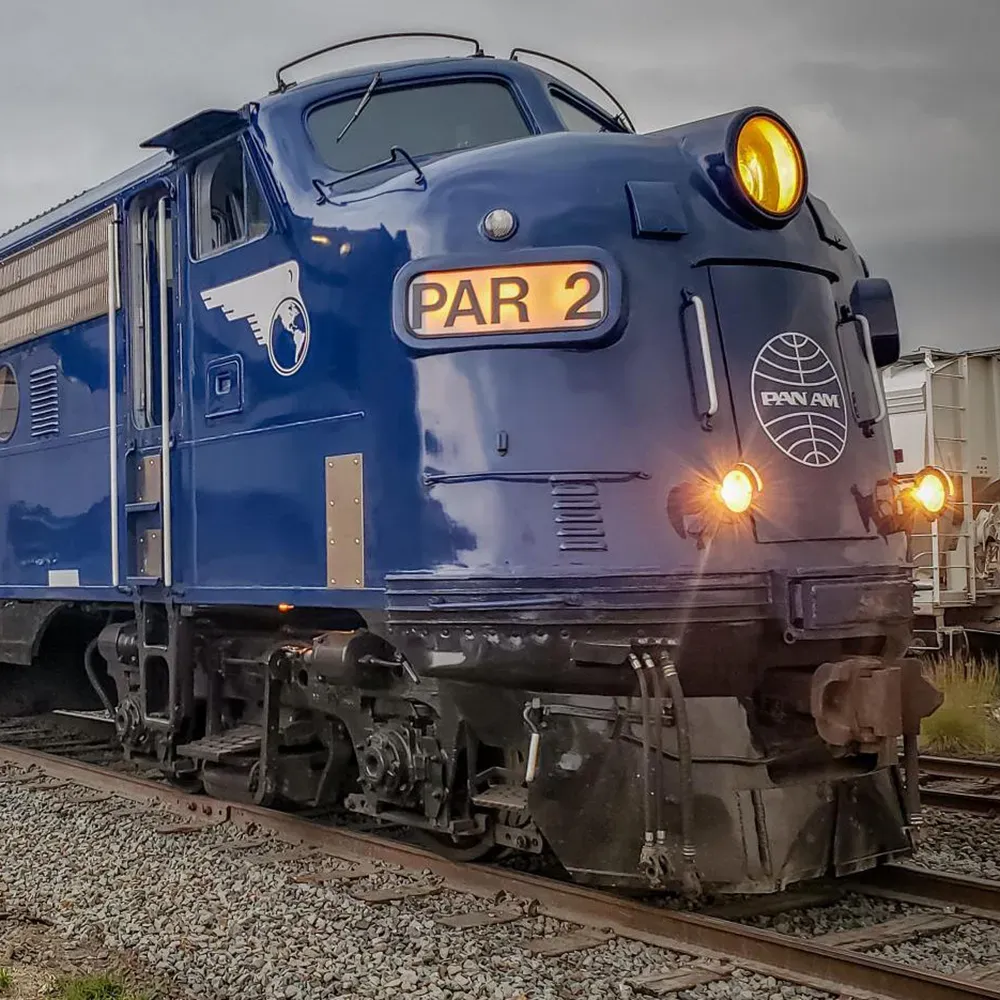
FINANCIAL METRICS & STABILITY
In 2021, Pan Am Railways reported a pre-tax profit of $12 million on revenues of $120 million. The company's operating ratio improved to 82 percent, reflecting enhanced operational efficiency and cost management.
Recent investments included $30 million in infrastructure upgrades for track and yard improvements, as well as the acquisition of new locomotives and intermodal equipment in 2020. The company was acquired by CSX Transportation in June 2022, marking a significant transition in ownership and operational integration.
SERVICE PORTFOLIO

Pan Am Railways offered a range of logistics services, including full container load and less than container load shipments for regional and national customers. Additional services included customs brokerage, trade compliance consulting, and cargo insurance, supporting diverse supply chain needs across the Northeast.

The company launched a new customer portal to enhance self-service capabilities and improve day-to-day activities for its clients. Additionally, Pan Am Railways offered an API Center to facilitate seamless integration with customer systems, enabling real-time shipment tracking and electronic documentation.
INDUSTRY REPUTATION & NEWS
Recent developments included the implementation of automated obstacle scanners at major hubs and loading parks to improve safety and efficiency in handling intermodal containers. The company also expanded its intermodal service offerings and invested in digital technologies to streamline operations.
Pan Am Railways' Site Certification Program identified optimal rail-served sites and conducted in-depth reviews to ensure readiness for development. This program aimed to minimize development risks for customers and enhance supply chain efficiency, earning recognition from industry partners and economic development agencies.
ANALYSIS & FUTURE OUTLOOK